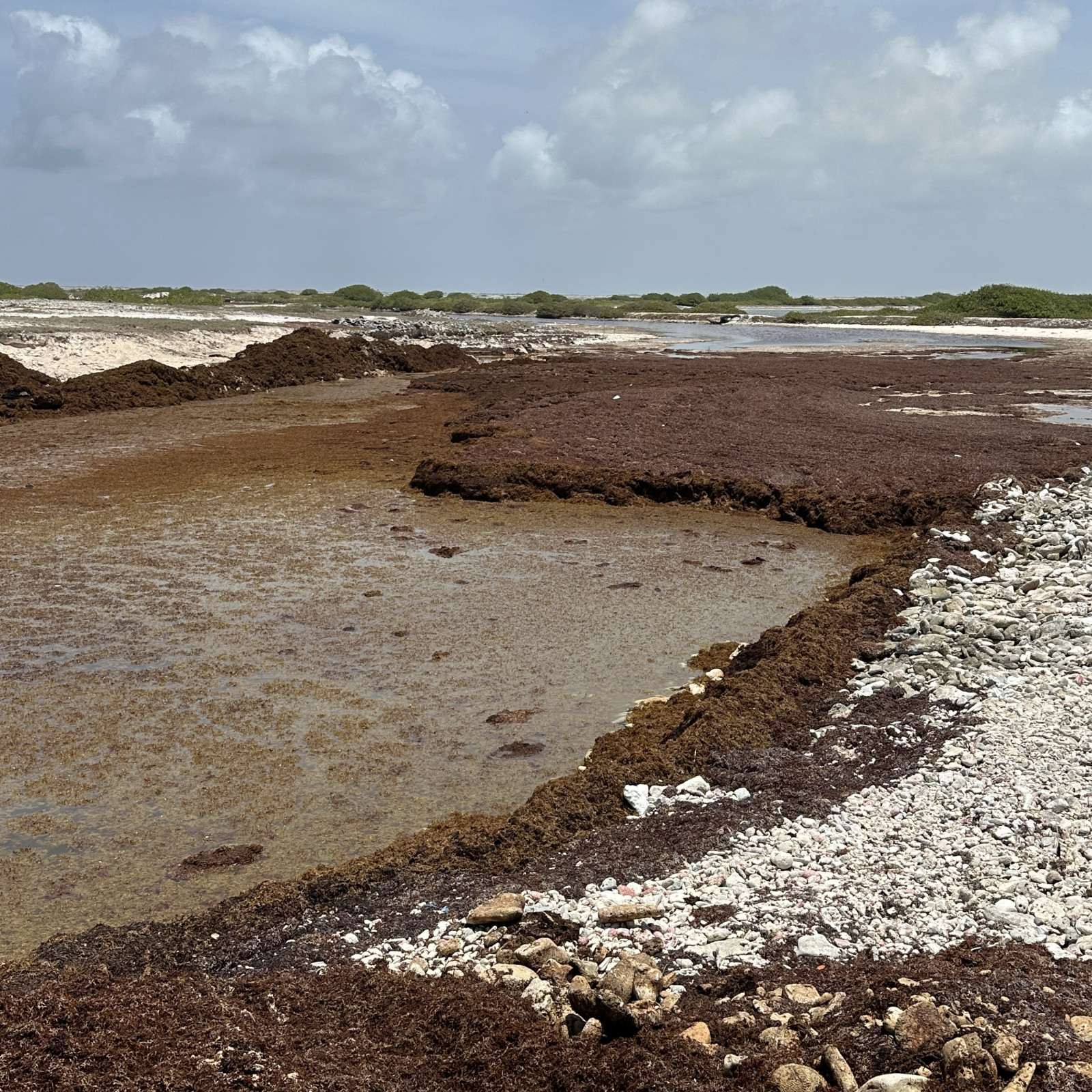

Jan and I are on the island of Bonaire, a Dutch Caribbean paradise. Except all is not perfect. He is here continuing his work to help address their waste problem.
Bonaire is famous for its beautiful coral reefs and sea life, which have spawned a tourist industry focused on snorkeling, scuba diving, deep-sea diving, and, because of their strong winds, windsurfing.
I had heard of the Bermuda Triangle, but not the Sargasso Sea. It is the only sea with no land shore and was already described by Christopher Columbus in the 1500s. The Sargasso Sea is often portrayed as a mysterious area where ships would disappear or become trapped in an endless cycle of swirling in a circular current choked with seaweed.
Sargassum is a genus of large brown seaweed that floats in island-like masses and never attaches to the seafloor. Smaller fishes, such as filefishes and triggerfishes, reside in and among brown Sargassum. Nutrients are supplied via an ocean process known as vertical mixing, in which water masses mix on a seasonal basis due to shifting winds, bringing deeper water that has higher nutrient concentrations to the surface. In the sunlit surface layer, photosynthesis occurs and Sargassum grows. The plant body is dark green to brown in color. It has berry-like structures that hold air and provide buoyancy, allowing it to float.
Historically, the majority of Sargassum was located in the Sargasso Sea in the western North Atlantic. In 2011, the geographic range of Sargassum expanded. Scientists are still trying to understand what changed, with several theories floating about (pun intended)! The result, however, is a newly established population, driven by shifting wind patterns, that is now thriving in the open ocean.
In small quantities, sargassum plays a role in beach nourishment. But when it inundates coastlines, the rotting seaweed smothers beaches and reduces the amount of oxygen in the water, killing fish and harming fragile coral reefs. The massive influx of sargassum has also disrupted fishing operations and vacation resorts.
Two programs are unfolding. One is the removal of the masses of sargassum from the beaches and the other is what to do with it.
Consequences of ignoring it are not sustainable. For example, Bonaire is also famous for its flamingos. The sargassum is blocking the flow of fresh seawater into the shallow lagoons where they live, causing the water to overheat and restricting the incoming shrimp and pink Algae they feed on. Mature flamingoes fly away leaving the young ones behind. The owner of the Oasis Guesthouse, where we stay, rescues baby flamingos and has been very busy, as the younger birds cannot get enough food and proper water intake to survive without their parents.
Programs to remove the sargassum and prevent its buildup at the shoreline are underway. That is good.
The next problem is what to do with it. Currently, it is transported to the landfill area, but this is not a long-term solution because deposition of organic matter creates greenhouse gas (GHG). Proposed uses to develop are:
- Compost and fertilizer
- Biosorbent
- Bioplastics
- Biochar/charcoal briquettes
- Adobe bricks
- Cement additive (for strength and elasticity)
- Chipboard
- Livestock and fish food
- Biofuels
- Nanostructure materials
- Soap
- Pharmaceuticals and food supplements
Jan’s expertise, of course, is in biofuel, organic compost, and fertilizers. His contribution is invaluable here for Bonaire and may extend to Caribbean islands and even further.
Use this link to learn more about more...
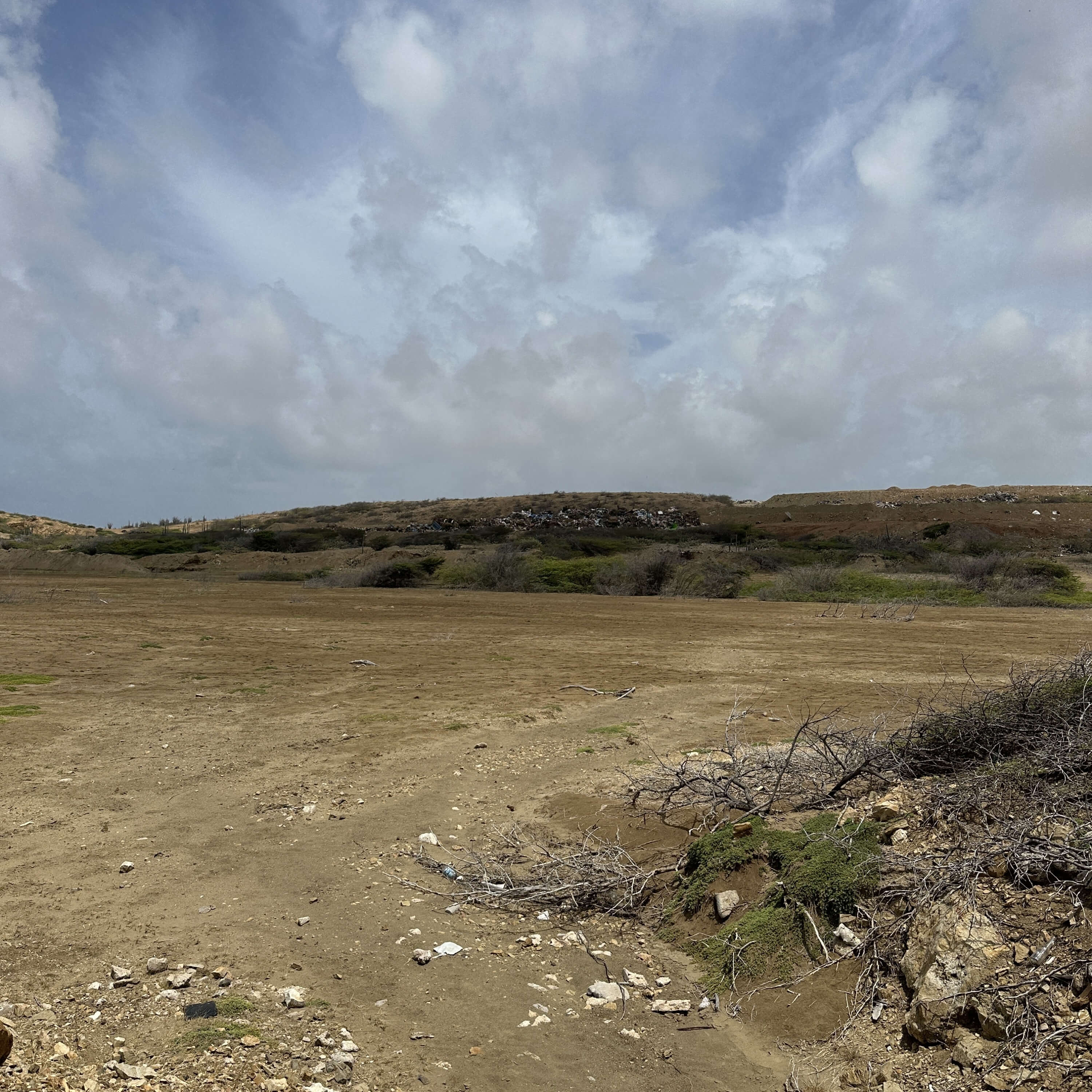



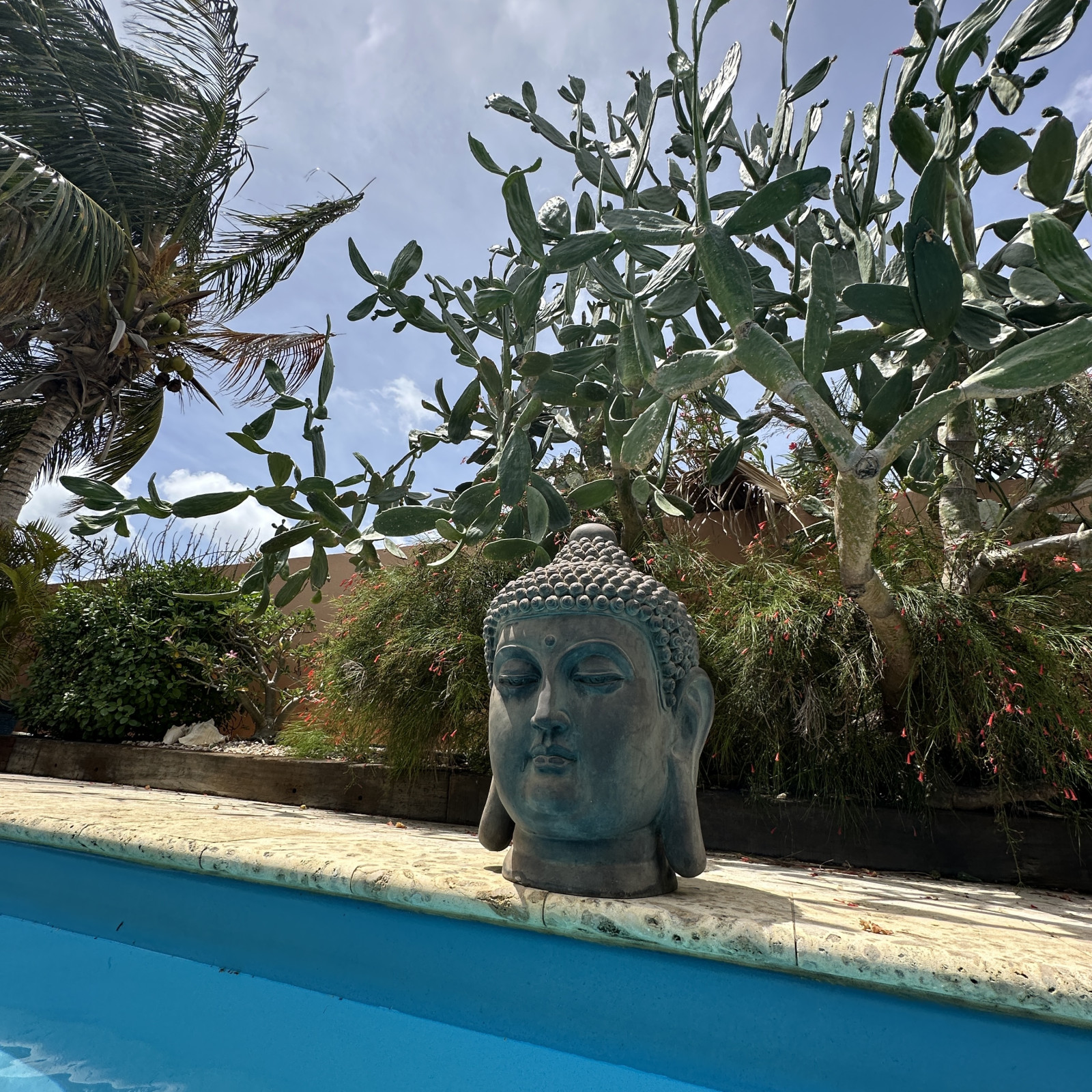
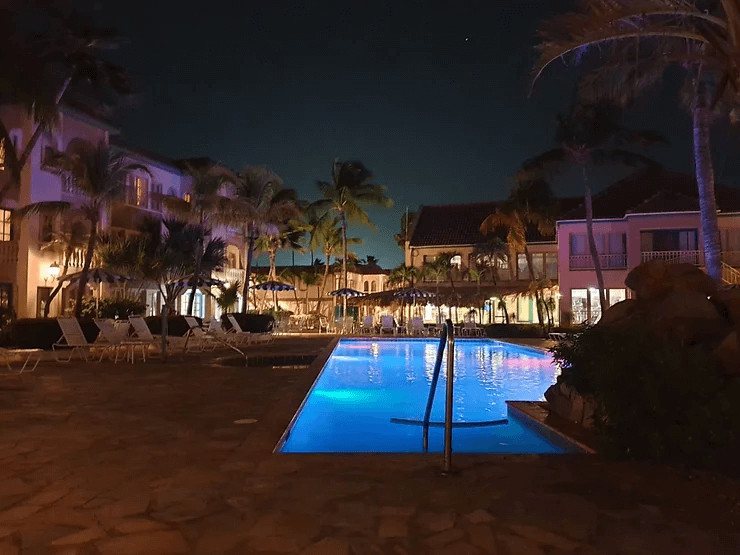
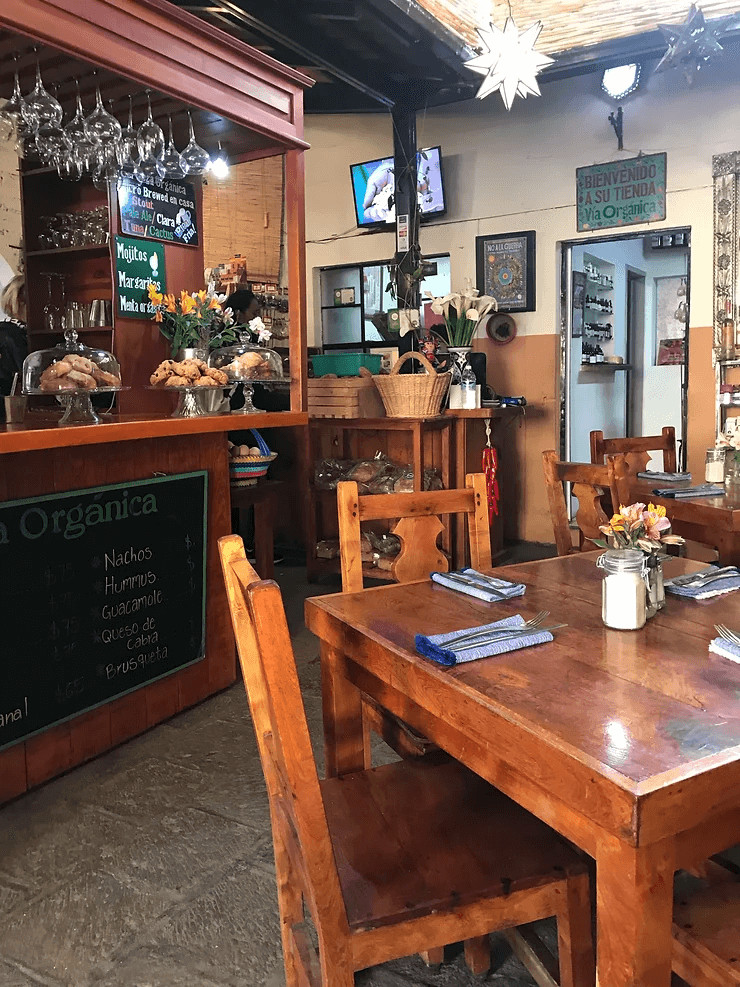
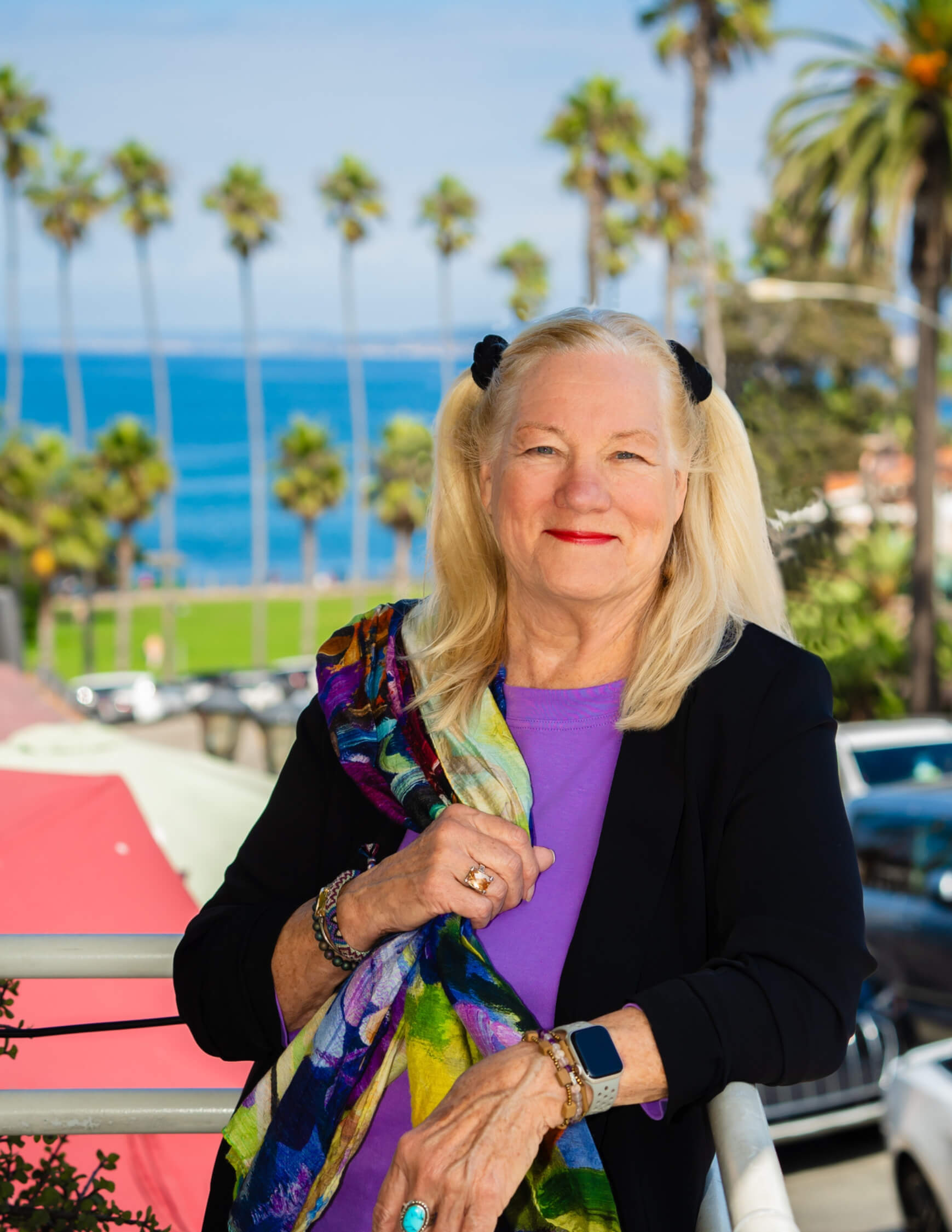
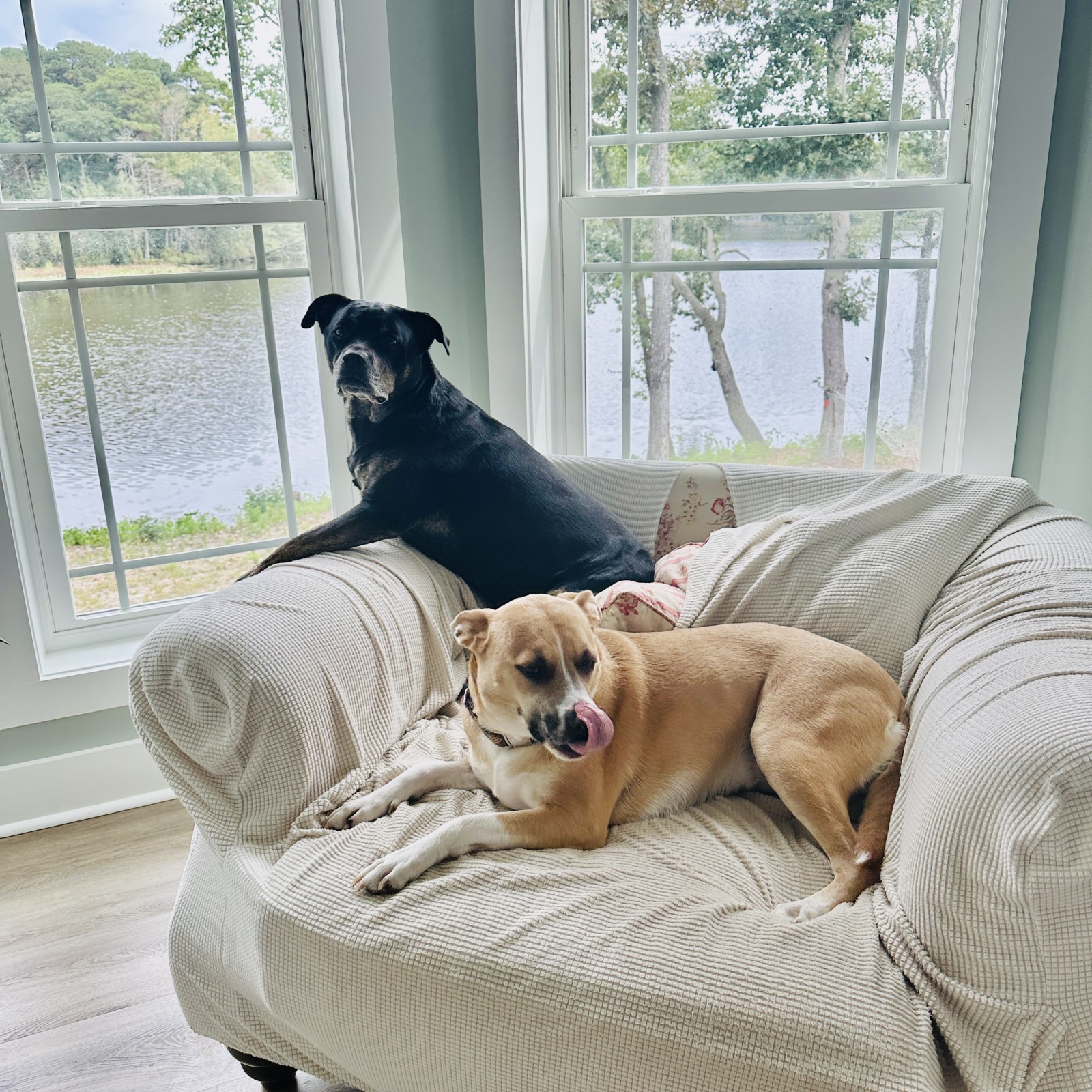
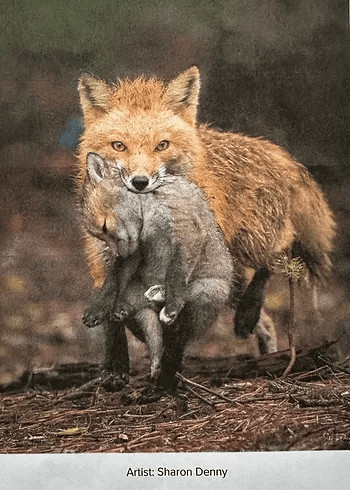
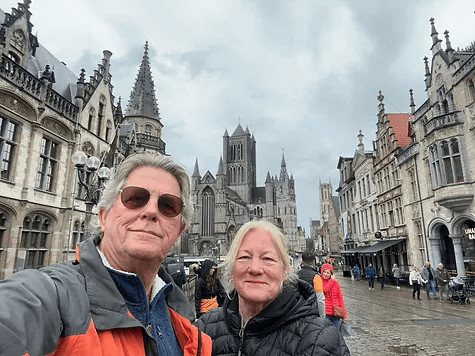
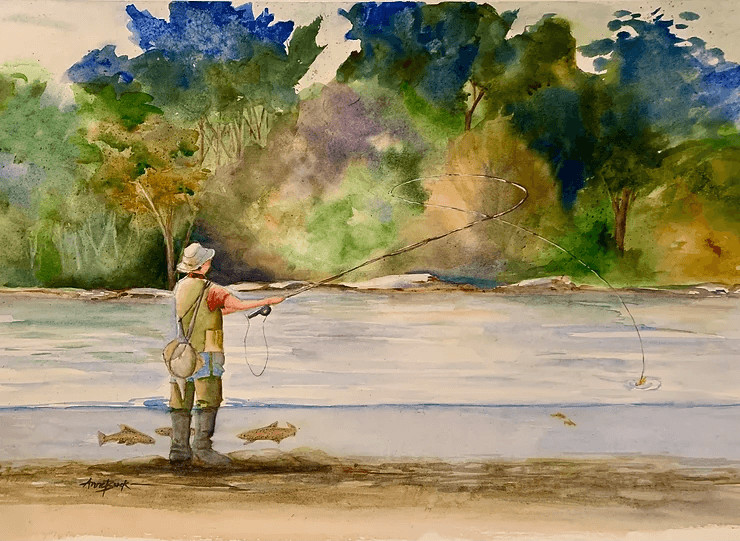
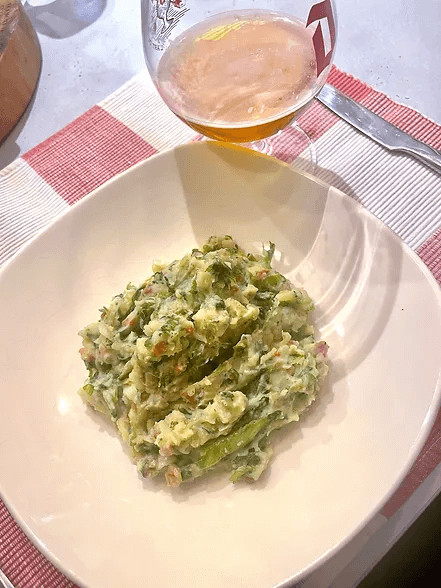
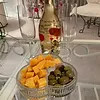
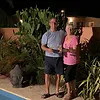
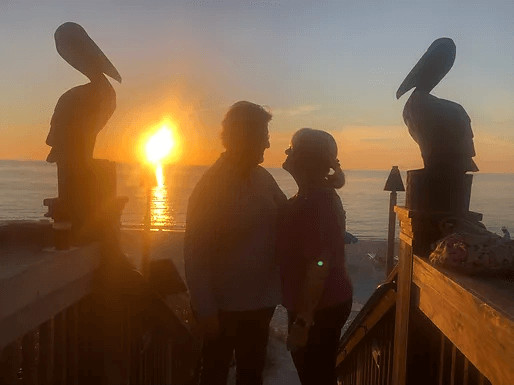



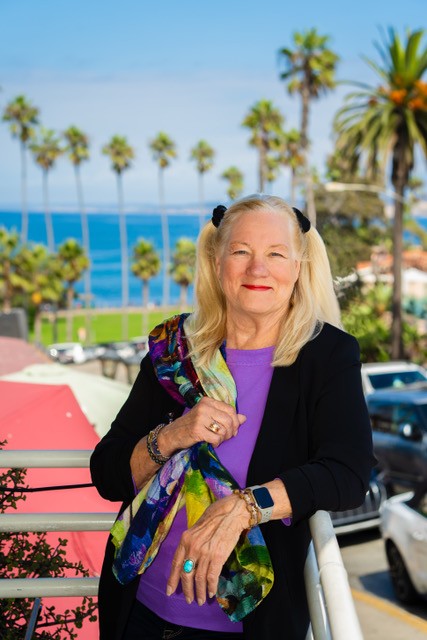
1 Comment